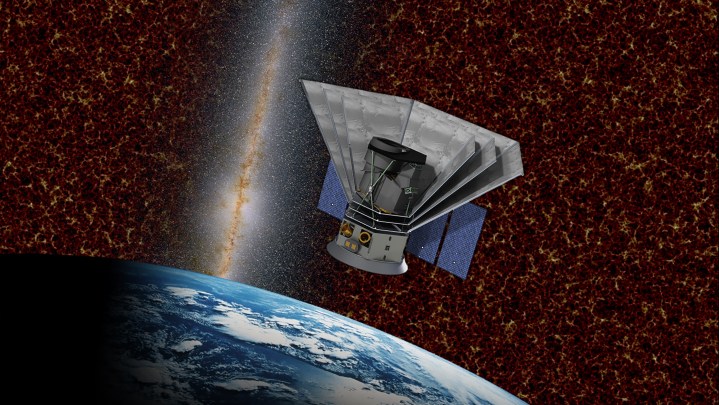
Aiming for a 2024 launch, NASA’s Spectro-Photometer for the History of the Universe, Epoch of Reionization and Ices Explorer (SPHEREx) mission is an astrophysics survey that will be performed from an orbital observatory. It aims to take a survey of the sky in the near-infrared wavelength, in order to uncover clues about the beginning of the universe and how galaxies developed over time.
Now, NASA has announced that it selected SpaceX to launch the SPHEREx mission, as part of a total cost of $99.8 million for the launch and other related costs. The plan for the launch is to use a Falcon 9 rocket, SpaceX’s reusable workhorse rocket which has been used to launch everything from resupply missions to the International Space Station to the first crewed test flight and subsequent first operational flight of the Crew Dragon capsule for carrying astronauts.
The plan is to launch SPHEREx from Space Launch Complex-4E at Vandenberg Air Force Base in California in June 2024.
NASA selected the SPHEREx mission for funding and launch in February 2019, with NASA officials describing it at the time as providing ” a treasure trove of unique data for astronomers.”
By surveying the sky in the near-infrared, SPHEREx will collect data on over 300 million galaxies as well as the more than 100 million stars in our galaxy. By mapping the entire sky several times over, it will collect data using a variety of filters to pick up different wavelengths. The result should help astronomers understand deep questions about how the universe formed.
NASA says the mission will also be searching for water and organic molecules in star-forming regions, plus searching out disks of matter which could form into planets.
Editors' Recommendations
- NASA’s Orion spacecraft has ‘critical issues’ with its heat shield, report finds
- SpaceX Falcon 9 booster equals flight record, but does not land this time
- See incredible time lapses of two of space’s most famous objects
- SpaceX slow-motion video shows powerful Raptor rocket engine shutting down
- SpaceX all set for a record-breaking rocket launch on Friday



